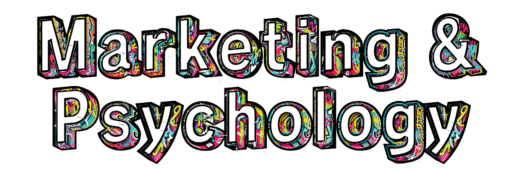Involvement.
As previously discussed, there are several ‘dual-process’ theories of mental processing. For example, the elboration likelihood model (ELM) and heuristic-systematic model (HSM) suggest that there are times when people think carefully about a decision, and others when they act quickly. The quick decisions are the ones when people are guided by biases or ‘heuristics’ (rules of thumb).
There are some obvious occasions when a thought process might be slower, with a person paying more attention to a decision. You might expect those to include expensive purchases, like a new car or a new home. There are other times though that do not involve spending a lot of money. Consider clothing for example. It’s unlikely that many people buy the first item of clothing they see. Most people choose clothing carefully, selecting styles, and even brands, that they identify with. This is an example of being ‘involved’ in a purchase.
Involvement really means the extent to which someone is mentally engaged. When you’re buying new shoes, you probably pay close attention to your evaluation of the product i.e. how they look or feel. Perhaps not so much when buying milk in a supermarket. Judith Zaikowsky published one of the mostly highly-cited papers on involvement in 1985, suggesting that it is possible to measure the degree to which a person is ‘involved’ with a product.
Marketers need to think carefully about the extent to which a customer is already engaged with their brand – as well as the extent to which they want a customer to be engaged! Often involvement levels are pre-determined by the customer, but sometimes you might intentally want to increase them.
Think carefully then: Does your product or service have features that you really want a customer to notice? Or do you want to use an offer or distinctive branding to appeal ‘peripherally’ to a customer when they’re making a quick ‘low involvement’ decision?
